Thread Lift
Your complete guide and quick links to everything you need to know about having a Thread Lift in Sydney!
The Progressive Signs of Facial Ageing
As we age our skin progressively loses its elasticity and starts to sag causing laxity, folds, and wrinkles. The deeper soft tissues of the face, namely the fat and muscle layers, also develop laxity and contribute to this downward migration of tissues.
These changes produce the following common signs of facial ageing:
- Brows descend and contribute to a ‘heavy’ or ‘hooded’ appearance of the upper eyelids.
- Cheek fat pads descend leaving ‘hollows’ across the mid-face that create a ‘drawn’ and ‘tired’ look.
- Lower face skin laxity creates looseness around the jawline with jowls, furrows, and folds.
- Neck skin also becomes progressively looser and ultimately develops vertical folds.
The net result of all this is an older, drawn and ‘tired look’ with loss of its former youthful tautness.
The GOOD NEWS, HOWEVER, is that a Thread Lift, also known as a Thread Facelift, can reverse the above changes and make your face look firmer, less aged, fresher, and more attractive.
What is a Thread Lift?
Traditional techniques of face and neck lift surgery all involve skin incisions which leave detectable scars in front of and behind the ears.
In contrast, a Thread Lift overcomes any concerns of tell-tale scars because it involves the insertion of special sutures (‘threads’) through tiny entry points next to the hairline and in front of the ear to lift and hold the skin in a new and rejuvenating position.
A Thread Lift can be performed on all areas of the face, including the brow, as well as the neck.
Who is Suitable for a Thread Lift?
A Thread Lift is best suited to those with early facial ageing and only mild skin laxity.
At your Initial Consultation, our doctor will assess your face and its skin laxity and advise you very honestly whether a Thread Lift is an option for you. Basically, the less skin laxity you have, the greater your chances of being suitable for a Thread Lift.
A Thread Lift is also an option for those who have previously had a Surgical Face Lift, and whose face is once again starting to sag but do not wish to undergo another Surgical Face Lift.
Who is Not Suitable for a Thread Lift?
Those with excessively loose skin would not be considered suitable and instead would be recommended a Surgical Face Lift.
Thread Lift vs Surgical Face Lift: The Differences
Naturally, every as with any cosmetic procedure, there are advantages and disadvantages. Therefore, to enable you to make an informed choice on which form of ‘lift’ to have, please refer to the Table below for the principal differences between the two techniques:
| THREAD LIFT | SURGICAL FACE LIFT | |
|---|---|---|
| Patient Suitability | Only an option when skin laxity is mild & skin still has sufficient elasticity. | All degrees of skin laxity are suitable. |
| Anaesthesia | Usually Local Anaesthesia +/- Sedation | General Anaesthesia |
| Where is it Done? | Depends on the required technique: either in our Clinic or in Hospital. | In Hospital with usually an overnight stay. |
| Length of Procedure | 1-1½ hours | Average 4 hours |
| Surgical Scars | Extremely small, hidden, and therefore inconspicuous. | More extensive and detectable on close inspection but can be camouflaged with make-up. |
| ‘Down Time’ | Approximately 7 days | Approximately 3-4 weeks |
| Post-Operative Restrictions | Some | Some |
| Post-Operative Appearances | Temporary ‘Bunching’ of skin where it is pulled back (e.g. in front of the ears) Surface Irregularities along the course of the Threads sometimes appear but are usually temporary. | No ‘Bunching’ because all excess skin is removed. Surface irregularities can occur but are usually temporary. |
| Return to Normal Activities | Usually 7-14 days depending on technique. | Average 3-4 weeks |
| Possible Complications | Uncommon, minor, and usually temporary in experienced hands. | Being actual surgery, more complications are possible. |
| Average Duration of Correction | 1-1½ years | Longer lasting: average 7-15 years depending on technique. |
| When Skin Laxity Returns | Simply add more Threads, or go to a Surgical Facelift. | Repeat full Surgical Facelift, or have a Thread Lift. |
| Approximate Cost For Face and Neck | Depends on the technique: can only be quoted at a consultation. | More costly, depends on technique and individual requirements, can only be quoted at a consultation. |
How is a Thread Lift Done?
Our Thread Lifts are generally performed under Local Anaesthesia +/- Sedation only – either in the privacy of our own Clinic, or in Hospital, depending on the chosen technique, the extent of your procedure, and whether any additional procedures are planned.
A Thread Lift can be used on whichever section of the face needs to be lifted. This may be the Brow, the Mid-Face, or the Lower Face. The Neck & Under Chin Areas can also be lifted. Usually, more than one area needs to be lifted, and sometimes all do.
Although the exact locations of the entry points for the Threads vary slightly from person to person, every effort is made to locate these tiny entry points where they will not be obvious.
Through each entry point a special Thread Lift suture with tiny barbs is threaded under the loose skin and the skin is then pulled back into its desired position. The tiny barbs on the suture hold the lifted skin in its new and higher position.
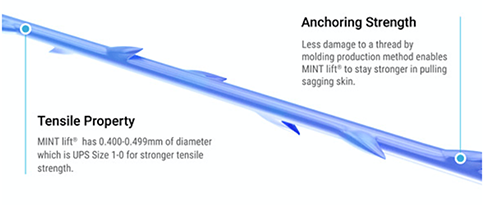
The Thread Lift sutures do not need to be removed as they will slowly dissolve and disappear over the ensuing 18 months. Any sutures used to close the tiny skin incisions behind the ears are removed after 7 days.
You can go home immediately afterwards.
However, if you’ve had Sedation, you cannot take yourself home. You need to have a responsible person escort you home and be with you for the first 24 hours.
When future ageing signs next present themselves, more ‘Threads’ can simply be added as required.
How We Do Thread Lifts Very Differently
Please be aware that the standard Thread Lift technique involves inserting ‘free floating’ Threads under the skin that, in time, trigger the formation of collagen (‘collagenesis’) around the threads, which in turn is expected to contract and create ‘lift’.
In other words, there is very little improvement visible immediately after the procedure, and the final result, whenever that is destined to occur, will depend on how much collagenesis and lift the threads have created.
This is the standard Thread Lift technique currently being offered everywhere.
We too can offer you this standard technique should you wish, but if you are looking for an immediate and more impressive correction, you may consider our unique Anchoring Thread Lift technique.
Our unique Thread Lift technique developed by our clinic many years ago is performed very differently. Instead of inserting ‘free floating’ threads and waiting for collagenesis to occur, we use an ‘Anchoring Technique” that immediately lifts and holds the loose skin in its new position, and therefore delivers an IMMEDIATE and BETTER correction while waiting for collagenesis to take place.
We know of no other clinic using our ‘Anchoring Technique’ for Thread Lifts.
The only downside of this technique is that for patient comfort, it is best performed under sedation in a Day Hospital facility. Nevertheless, there is no need for you to remain in hospital. You can go home shortly after your procedure, but you cannot go home alone. You must be escorted by a responsible adult who can be with you for the first 24 hours.
How Does It Look Immediately Afterwards?
- Swelling over the lifted area is usual but is only mild.
- Bruising, if it occurs, is minimal, and usually disappears within 2 weeks. In the meantime, it can be camouflaged with make-up.
- Pain is usually mild only and can be relieved with simple pain-relievers.
- Surface irregularities can occur but are uncommon and usually temporary.
- Variable degrees of ‘bunching’ of the skin are commonly seen at the hairline, in front of the ears or wherever else the skin is pulled back. Do not be concerned about it, simply regard it as confirmation that your skin has indeed been lifted! The ‘bunching’ should progressively disappear over the ensuing weeks.
- The Lifted Areas will initially feel ‘tighter’.
- There may be some initial discomfort on facial movements, especially on eating. Soft foods, nourishing fluids and simple pain relievers will tide you over this early period.
Thread Lift ‘Before & Afters’
Please note that all the following results were obtained with our unique anchoring technique using non-absorbable Contour Threads® which are no longer available.
All Threads currently available in Australia are ABSORBABLE i.e. non-permanent.
Although similar results could be expected using Absorbable Threads + our Anchoring Technique, the corrections would not be as long-lasting as they were as they were with the Permanent Threads.
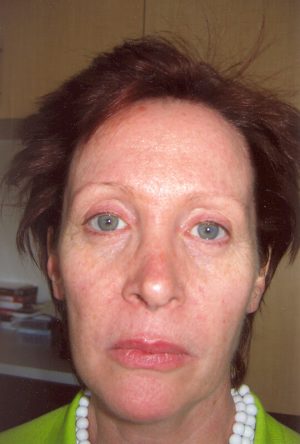

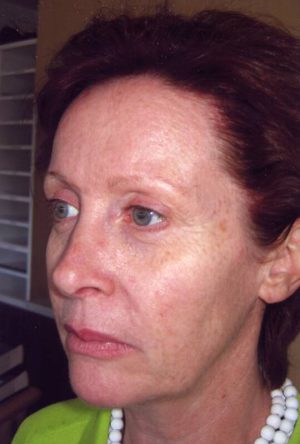
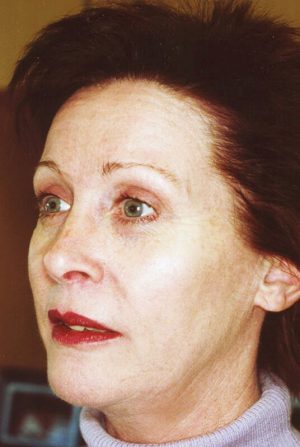
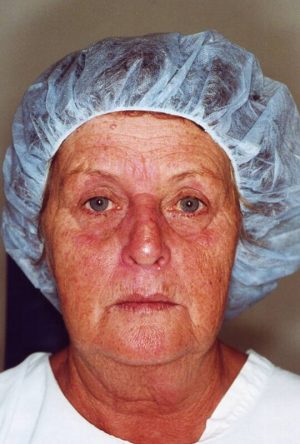
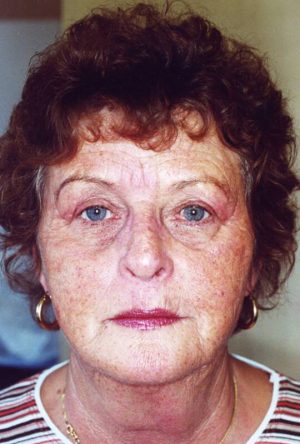
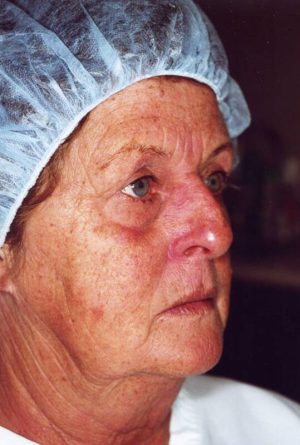
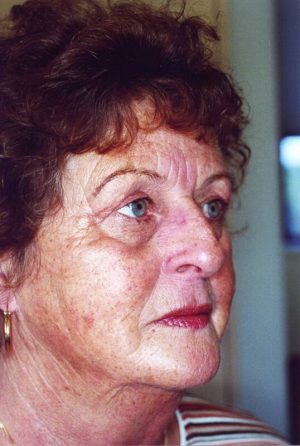
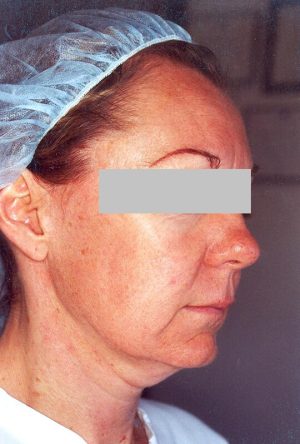
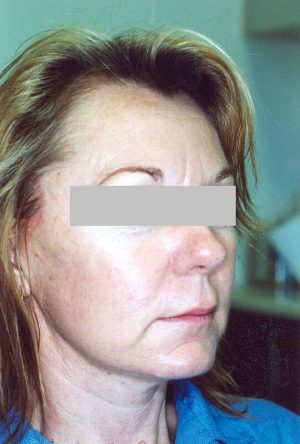
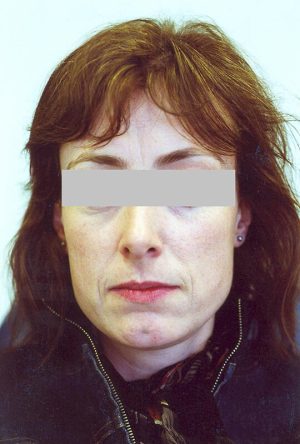
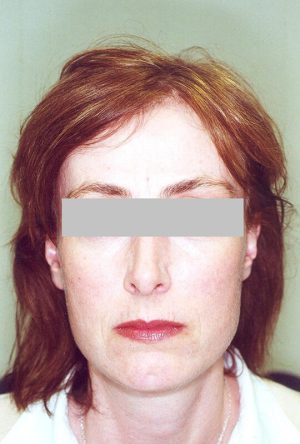
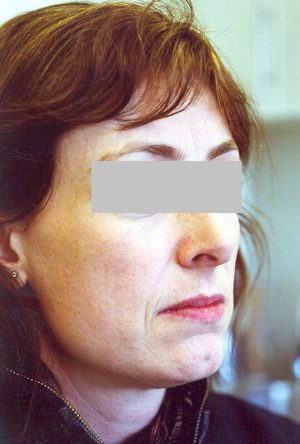
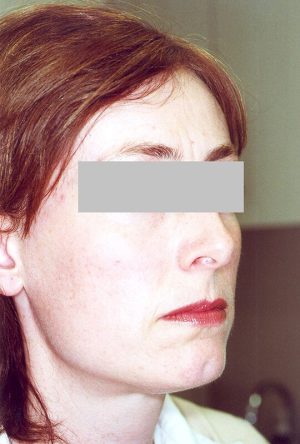
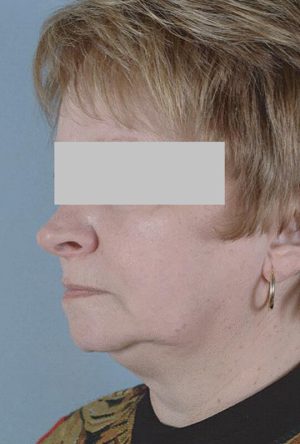
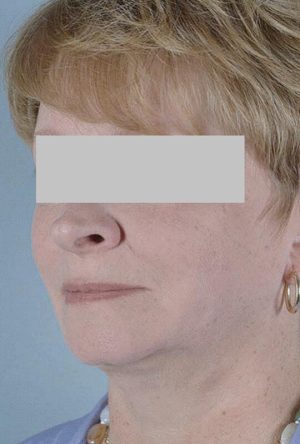
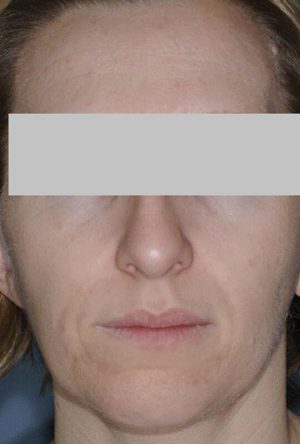
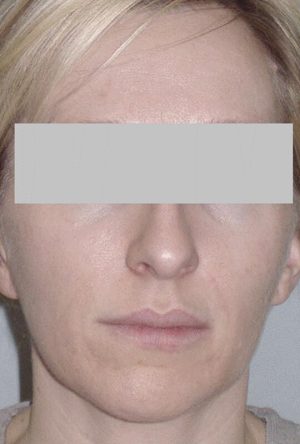
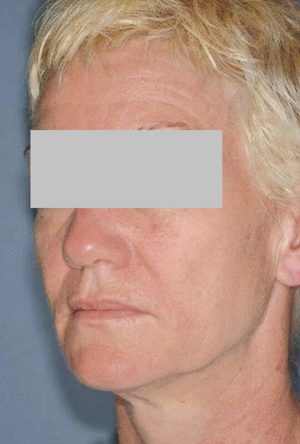
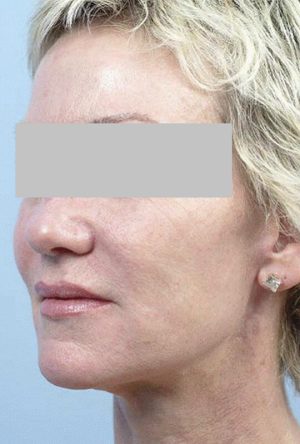
‘Pros & Cons’ of a Thread Lift
The Pros:
- Minimally invasive
- Can be done under Local Anaesthesia +/- Sedation.
- Quicker recovery and less downtime than a Surgical Face Lift.
- Leaves no obvious scars.
- Few potential complications
- More affordable than a Surgical Face Lift.
- Can be repeated as often as necessary to counter the natural ageing process.
The Cons:
- Only suitable for those with early facial ageing.
- Average duration of correction is 1-1½ years.
Potential Risks and Complications of a Thread Lift
- Temporary Bruising and Swelling.
- Short-lived Discomfort / Feelings of Skin Tightness.
- Infection – uncommon and treated with antibiotics.
- Contour Irregularities of the skin in the initial post-operative period sometimes occur but should settle quickly. Permanent surface irregularities are rare.
- Asymmetry between the two sides of the face: as no two sides of anyone’s face are ever perfectly symmetrical to begin with, it is unreasonable to expect that both sides will be perfectly symmetrical after the procedure.
- Temporary “Bunching” of the skin where it is pulled back.
- Loss of Correction in the early post-operative period if any shearing forces are applied to the face.
- Inadvertent injury to deeper structures such as nerves, blood vessels or salivary glands.
- Allergic or other reactions to Local Anaesthesia.
The Cost of a Thread Lift in Sydney

-
Thread Lift
Unfortunately, it is impossible to give you an exact total cost for your Thread Lift in Sydney until you’ve had a consultation because our doctor will first need to determine:
- Which areas of the face need to be lifted; and
- The design of Threads required (Threads come in different designs); and
- The number of each type of Thread required.
- Whether you prefer the standard technique, or our unique ‘Anchoring Technique’ described above.
Once our doctor has discussed all these aspects with you
at the Initial Consultation, and your preferred technique has been decided, he/she will give you an itemised quotation and total cost.
Can I Claim a Medicare or Private Health Insurance Rebate?
Unfortunately, NO.
Cosmetic treatments cannot be claimed on Medicare or Private Health Insurance.
